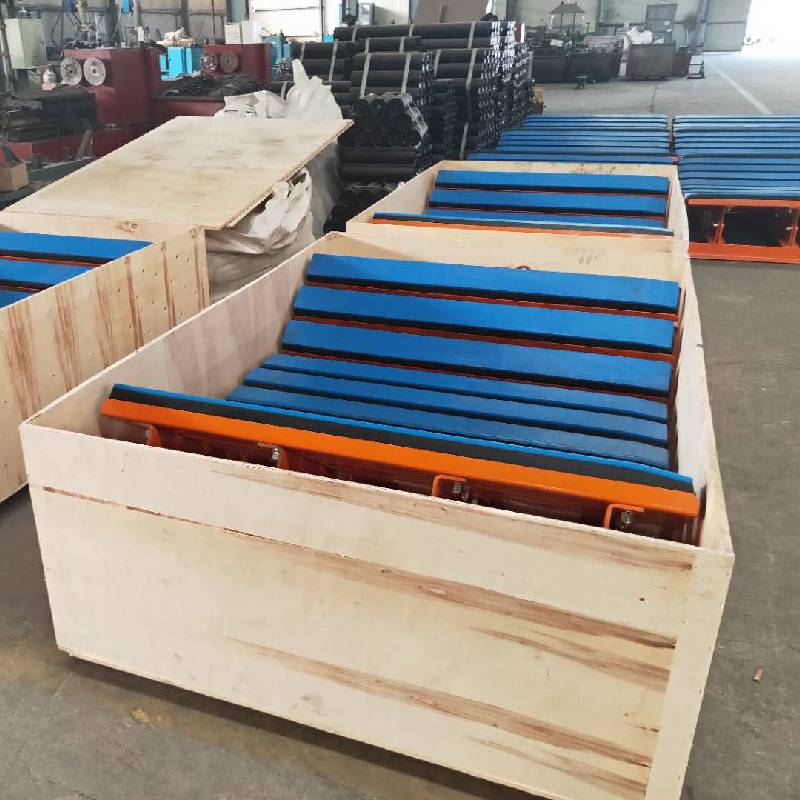 Afrikaans
Afrikaans  Albanian
Albanian  Amharic
Amharic  Arabic
Arabic  Armenian
Armenian  Azerbaijani
Azerbaijani  Basque
Basque  Belarusian
Belarusian  Bengali
Bengali  Bosnian
Bosnian  Bulgarian
Bulgarian  Catalan
Catalan  Cebuano
Cebuano  Corsican
Corsican  Croatian
Croatian  Czech
Czech  Danish
Danish  Dutch
Dutch  English
English  Esperanto
Esperanto  Estonian
Estonian  Finnish
Finnish  French
French  Frisian
Frisian  Galician
Galician  Georgian
Georgian  German
German  Greek
Greek  Gujarati
Gujarati  Haitian Creole
Haitian Creole  hausa
hausa  hawaiian
hawaiian  Hebrew
Hebrew  Hindi
Hindi  Miao
Miao  Hungarian
Hungarian  Icelandic
Icelandic  igbo
igbo  Indonesian
Indonesian  irish
irish  Italian
Italian  Japanese
Japanese  Javanese
Javanese  Kannada
Kannada  kazakh
kazakh  Khmer
Khmer  Rwandese
Rwandese  Korean
Korean  Kurdish
Kurdish  Kyrgyz
Kyrgyz  Lao
Lao  Latin
Latin  Latvian
Latvian  Lithuanian
Lithuanian  Luxembourgish
Luxembourgish  Macedonian
Macedonian  Malgashi
Malgashi  Malay
Malay  Malayalam
Malayalam  Maltese
Maltese  Maori
Maori  Marathi
Marathi  Mongolian
Mongolian  Myanmar
Myanmar  Nepali
Nepali  Norwegian
Norwegian  Norwegian
Norwegian  Occitan
Occitan  Pashto
Pashto  Persian
Persian  Polish
Polish  Portuguese
Portuguese  Punjabi
Punjabi  Romanian
Romanian  Russian
Russian  Samoan
Samoan  Scottish Gaelic
Scottish Gaelic  Serbian
Serbian  Sesotho
Sesotho  Shona
Shona  Sindhi
Sindhi  Sinhala
Sinhala  Slovak
Slovak  Slovenian
Slovenian  Somali
Somali  Spanish
Spanish  Sundanese
Sundanese  Swahili
Swahili  Swedish
Swedish  Tagalog
Tagalog  Tajik
Tajik  Tamil
Tamil  Tatar
Tatar  Telugu
Telugu  Thai
Thai  Turkish
Turkish  Turkmen
Turkmen  Ukrainian
Ukrainian  Urdu
Urdu  Uighur
Uighur  Uzbek
Uzbek  Vietnamese
Vietnamese  Welsh
Welsh  Bantu
Bantu  Yiddish
Yiddish  Yoruba
Yoruba  Zulu
Zulu conveyor belt roller types
Types of Conveyor Belt Rollers
Conveyor belt systems are integral to material handling in various industries, facilitating the efficient movement of goods. One of the key components of these systems is the conveyor belt roller, which supports the belt and plays a crucial role in the overall functionality of the conveyor. There are several types of conveyor belt rollers, each designed for specific applications and environmental conditions. Understanding these types can help in selecting the appropriate rollers for a particular system.
1. Idler Rollers
Idler rollers are the most common type of rollers used in conveyor systems. They are designed to support the conveyor belt and help maintain its stability during operation. Idler rollers can be categorized into various subtypes, including flat, trough, and return rollers.
- Flat Idler Rollers are used for supporting the belt on flat surfaces, while Trough Idler Rollers provide a concave support that conforms to the belt's shape, allowing for better load containment. - Return Rollers are positioned beneath the conveyor to support the belt as it returns to the loading area, minimizing wear and ensuring smooth operation.
2. Drive Rollers
Drive rollers play a pivotal role in the movement of the conveyor belt. These rollers are equipped with a motorized mechanism that provides the necessary power to propel the belt forward. Drive rollers are often found at the head of the conveyor system, where they receive power from an electric motor. The proper selection of drive rollers is essential for achieving optimal conveyor performance, as they need to provide sufficient torque and speed to handle the intended load.
3. Tail Rollers
conveyor belt roller types

Tail rollers are located at the end of the conveyor system and serve several functions. Primarily, they help in tensioning the conveyor belt, ensuring that it remains taut during operation. This tensioning is crucial to prevent sagging and misalignment, which can lead to inefficiencies or damage over time. Tail rollers also assist in maintaining the belt's tracking, ensuring that it moves consistently along the intended path.
4. Impact Rollers
In applications where heavy or abrasive materials are transferred, Impact Rollers are essential. These rollers are designed to absorb shocks and reduce the impact of falling materials, thus protecting the conveyor belt and extending its lifespan. Impact rollers typically have a robust construction, featuring reinforced materials that can withstand significant force.
5. Guiding Rollers
Guiding rollers help to align the conveyor belt, preventing it from drifting or misaligning during operation. These rollers are strategically placed at various points along the conveyor system to ensure consistent tracking and minimize wear on both the belt and rollers.
Conclusion
Selecting the right type of conveyor belt roller is fundamental to ensuring efficient and effective conveyor operation. Each type of roller—from idler to drive, tail, impact, and guiding rollers—serves specific purposes that contribute to the overall performance of the conveyor system. By understanding the unique attributes and applications of these roller types, operators can optimize their material handling processes, thus enhancing productivity and reducing maintenance costs.
-
Revolutionizing Conveyor Reliability with Advanced Rubber Lagging PulleysNewsJul.22,2025
-
Powering Precision and Durability with Expert Manufacturers of Conveyor ComponentsNewsJul.22,2025
-
Optimizing Conveyor Systems with Advanced Conveyor AccessoriesNewsJul.22,2025
-
Maximize Conveyor Efficiency with Quality Conveyor Idler PulleysNewsJul.22,2025
-
Future-Proof Your Conveyor System with High-Performance Polyurethane RollerNewsJul.22,2025
-
Driving Efficiency Forward with Quality Idlers and RollersNewsJul.22,2025





























